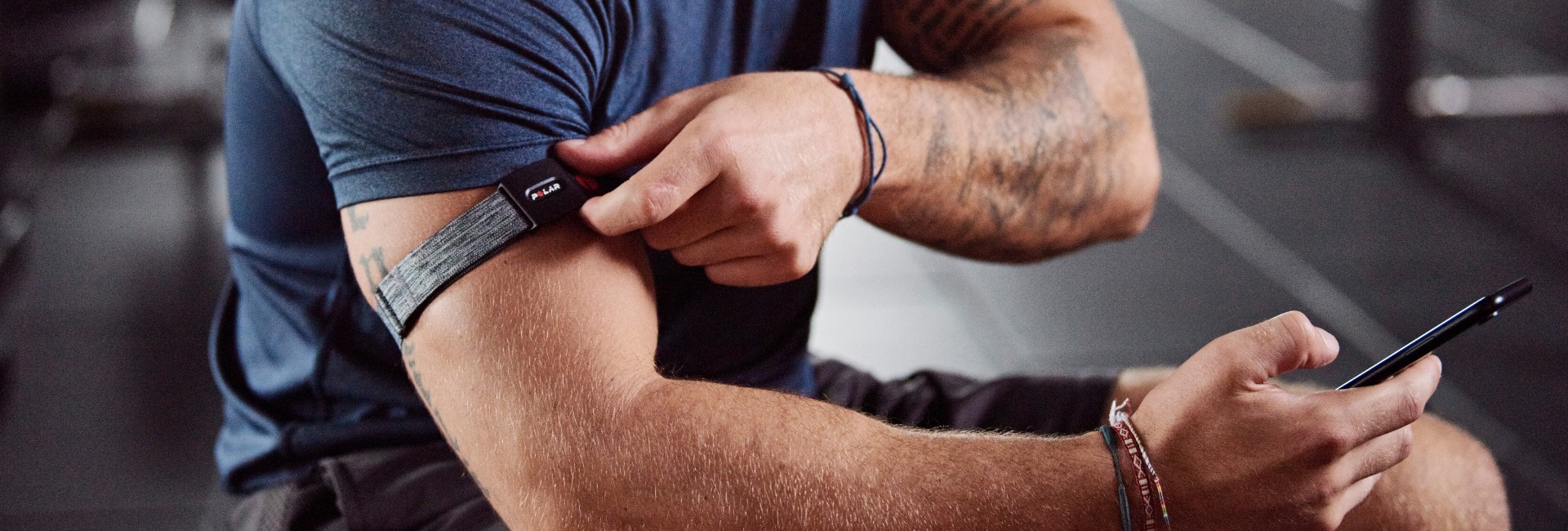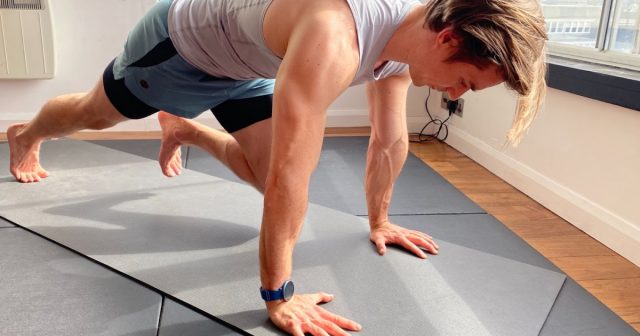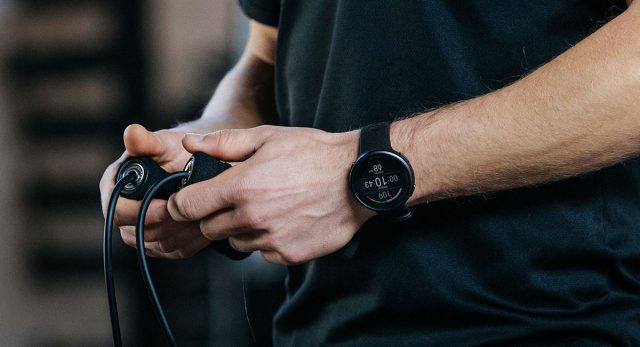It’s hard to go anywhere nowadays without seeing fitness watches or activity trackers strapped to people’s wrists.
Throughout the last decade or so, these wearable devices have come a long way — both in accuracy of HR monitoring and available smart features. They’ve even started looking better too, with a slimmer profile and wide array of accessories to fit your style.
The best part about an activity tracker, though, is its functionality for even the self-described “non-athlete”. It’s the perfect gateway into a measurable active lifestyle and it’s easy to set goals and see progress over a set period of time.
But let’s say that while you may enjoy features like sleep tracking and daily step count, what if you’re looking for performance-oriented features?
How can incorporating heart rate data into the mix change the way you approach fitness?
To answer these questions, we caught up with Dr. Raija Laukkanen, Director of Science Collaborations at Polar.
While a simple activity tracker is great, the added value of monitoring your heart rate can take your fitness to a whole new level.
First, here’s how an activity tracker works.
The first activity trackers originated from basic pedometers that were worn on the hip and counted steps by measuring down-up movement.
Modern-day activity trackers now use one- and three-dimensional acceleration sensors, with the capability to record more whole-body movements.
This technology has since been improved upon, and modern-day activity trackers now use one- and three-dimensional acceleration sensors, with the capability to record more whole-body movements.
“Polar activity tracking sensors differentiate the intensity of movement into five classes and can show both sedentary and very low activity as well as higher activities, and these activities are classified in METS (multiple factor for resting metabolic),” says Laukkanen.
“Activity based on data from the movement sensors shows calories, steps and minutes at each activity intensity.”
“Modern Polar fitness trackers include optical heart rate measurement, which means that Polar fitness trackers are also heart rate monitors.”
Second, how Does Heart Rate monitoring work?
Essentially, heart rate data is presented as a number in beats per minute. The measurement is based on ECG (electrocardiogram) detection or optical pulse transit time.
“ECG technology requires a transmitter belt with sensors attached to skin, and optical measurement at Polar is built into a wristwatch and uses optical led-lights,” says Laukkanen.
“Both technologies can also give beat-to-beat data thus measuring time between heartbeats, the so-called RR interval and PTT (pulse transit time).”
when is the best time to use an activity tracker?
An activity tracker is perfect for everyday use, to detect both inactivity and activity to help combat a sedentary lifestyle.
You can set goals and targets like daily step count or calories burned, and is useful for anyone interested in health-related physical activity.
If you want to start training more seriously, a fitness tracker with a built-in optical heart rate module is a valuable tool.
Another bonus of using an activity tracker is its connectivity. You can pair it to your smartphone and upload your data to your Polar Flow account, where you can share your progress with friends, comment on new achievements or even challenge people in your network with fitness-related objectives.
Sharing your data and goals is a great way to hold yourself accountable and establish a routine.
But if you want to start training more seriously, a fitness tracker with a built-in optical heart rate module is a valuable tool.
Essentially, monitoring your heart rate will quantify how intense your workout is, and can help optimize your training efforts and aerobic fitness.
why should you monitor your heart rate?
“Heart rate data is important for an athlete looking for good quality training and it’s important to measure your heart rate while resting, during workouts as well as in recovery to balance training and rest and get the most out of your efforts,” says Laukkanen.
Heart rate-based training programs can improve your fitness when combined with frequency and duration of training.
“Heart rate-based training programs can improve your fitness when combined with frequency and duration of training, and you’ll start to see a difference in resting and recovery heart rate as your physical condition and health progresses.”
A heart rate monitor can also work as a health tool. You can use it to see how your body reacts to stressful situations, and for cardiac patients, HR monitoring is necessary to safely control the intensity of a workout.
Since each feature measures different data, both an activity tracker and a heart rate monitor are best when used together. The Polar A370 features a 24/7 wrist-based rate heart rate monitor and activity tracker, perfect for optimizing your workouts and helping you lead a healthier and fitter lifestyle.
Learn more about how heart rate monitoring can help optimize your workouts and the benefits of wearing activity trackers on a daily basis.
If you liked this post, don’t forget to share so that others can find it, too.
Or give it a thumbs up!
I like this article
Please note that the information provided in the Polar Blog articles cannot replace individual advice from health professionals. Please consult your physician before starting a new fitness program.





